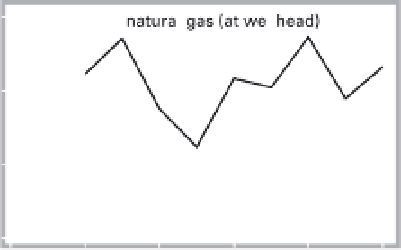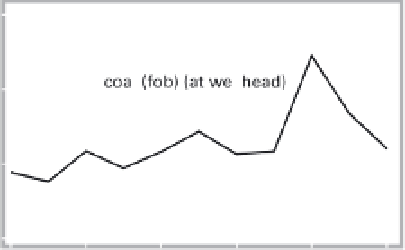Environmental Engineering Reference
In-Depth Information
12.3
U.S. energy prices in constant (1990) monies, 1900-
2000. From Smil (2003).
subsidies and special regulations favoring one form of
supply over other forms of energy (Gordon 1991; D. H.
Martin 1998; NIRS 1999; Von Moltke, McKee, and
Morgan 2004). The U.S. nuclear industry received more
than 96% of $145 billion (in 1998 dollars) disbursed
by the U.S. Congress between 1947 and 1998 (NIRS
1999). Moreover, in 1954 the Price-Anderson Act
reduced private liability by guaranteeing public compen-
sation in the event of a catastrophic accident in com-
mercial nuclear generation (USDOE 2001). No other
industry has enjoyed such sweeping state protection.
And the United States is not alone in favoring nuclear
energy. Of the roughly $9.4 billion spent in 2004 on
energy R&D by all IEA countries, $3.1 billion went for
fission, and fusion received $700 million, nearly twice as
much as photovoltaics (IEA 2006).
Special tax treatment has been enjoyed for even longer
by U.S. oil companies, which can immediately write off
so-called intangible drilling costs. All independent oil
and gas producers are allowed to deduct 15% of their
gross revenue, and this depletion deduction can greatly
exceed actual costs (McIntyre 2001). More recently





































